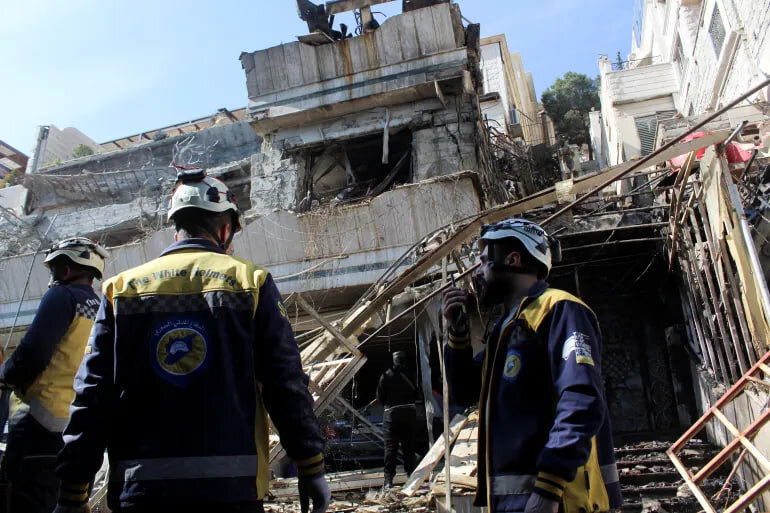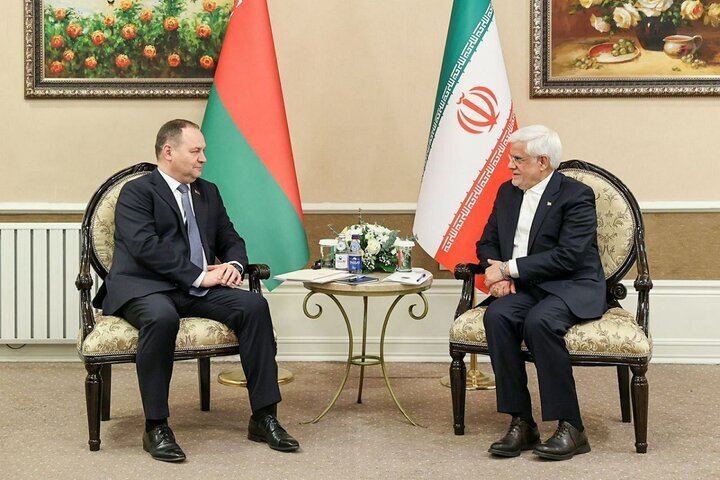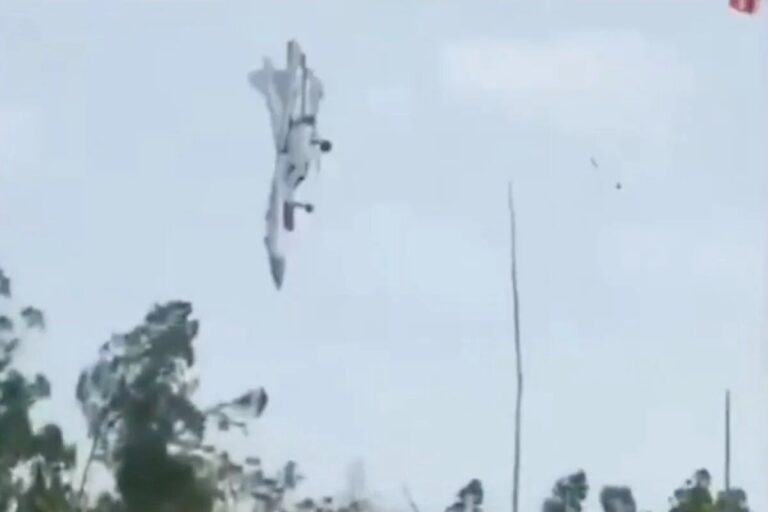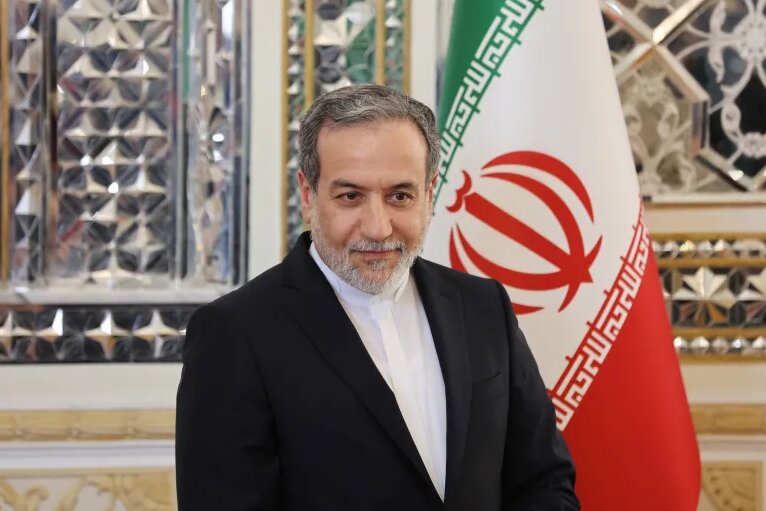Israeli Airstrikes Target Damascus and Central Syria: Escalating Tensions in the Region
In a recent escalation of tensions in the region, Israeli airstrikes have targeted key military sites in Syria, specifically near a defense research center in Damascus and in central Syria. These actions are part of Israel’s ongoing efforts to neutralize what it perceives as threats to its security and to prevent military capabilities from falling into the hands of extremist groups following the ousting of Bashar al-Assad.
According to reports from Syrian state media, the Israeli attacks occurred on Wednesday, with SANA, the Syrian Arab News Agency, stating, “An Israeli occupation aircraft strike targeted the vicinity of the scientific research building” in the Barzeh neighborhood of northern Damascus. Additionally, strikes were reported near the city of Hama, although the specific targets were not disclosed.
The Israeli military confirmed the operations in a statement, indicating that their forces “struck military capabilities that remained at the Syrian bases of Hama and T4, along with additional remaining military infrastructure sites in the area of Damascus.”
These strikes are part of a broader pattern, as Israel has conducted hundreds of airstrikes in Syria since the conflict escalated, aiming to disrupt military advancements by Islamist-led forces. The Israeli government asserts that these operations are crucial for maintaining national security and preventing weapons from being transferred to groups they classify as extremist.
- Israel has targeted military capabilities in Syria to prevent weapons from reaching extremist groups.
- Recent strikes occurred near a defense research center in Damascus and at the Hama military airport.
- Reports indicate that four individuals were killed, including personnel from the Syrian defense ministry.
- The attacks on Hama military airport resulted in significant damage, putting the facility out of service.
In a previous instance last month, Israel conducted two strikes on the T4 military base located in central Homs province, emphasizing its focus on disabling military capabilities at crucial sites. The Syrian Observatory for Human Rights, a monitoring group based in the UK, reported that “four people were killed and others wounded, including Syrian defense ministry personnel, in the strikes on Hama military airport.”
The Observatory further elaborated that these raids targeted vital infrastructure, including “remaining planes, runways, and towers,” leading to the complete incapacitation of the airport’s operations. The strikes in Damascus were also said to have specifically focused on the research center in Barzeh.
Historically, Israeli airstrikes have intensified following the significant shifts in power dynamics within Syria, particularly after the fall of Assad’s regime on December 8. The British-based Observatory has consistently reported on Israeli strikes targeting various military facilities, aiming to undermine the operational capabilities of groups they view as hostile.
Israel’s military actions have drawn criticism and concern from various international observers and governments. The ongoing conflict in Syria has resulted in a complex web of alliances and hostilities, with Israel positioning itself against what it perceives as Iranian influence in the region and the potential threat posed by Hezbollah and other militant groups.
As the situation continues to unfold, the dynamics of military engagement in Syria remain precarious. The implications of these airstrikes extend beyond immediate military outcomes, affecting diplomatic relations and the broader geopolitical landscape of the Middle East.
In conclusion, Israel’s recent airstrikes in Syria underscore the persistent volatility in the region, driven by a mixture of strategic military objectives and the urgent need to counteract perceived threats. The ongoing conflict in Syria, characterized by shifting alliances and power struggles, poses significant challenges not only for the involved nations but also for regional stability.






